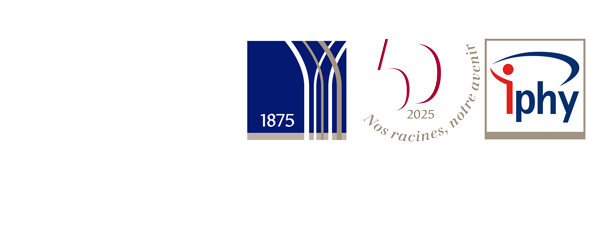
|
Cette unité d’enseignement vise à permettre aux étudiants de maîtriser toutes les activités nécessaires à l'adaptation linguistique et culturelle d'un site électronique ou d’un logiciel à une région donnée, partant de l'analyse des besoins du marché cible jusqu’à sa traduction. Elle contribue ainsi à développer auprès des étudiants la capacité d’investir les technologies de l’information et de la communication dans la création de sites web multilingues.
Temps présentiel : 15 heures
Charge de travail étudiant : 50 heures
Méthode(s) d'évaluation : Examen final, Travail de groupes
Référence :
Books:
Bowker, L., & Szymanski, M. (Eds.). (2018). The Palgrave Handbook of Audiovisual Translation and Media Accessibility. Palgrave Macmillan.
Dunne, K. (Ed.). (2006). Perspectives on Localization. John Benjamins Publishing Company.
Esselink, B. (2000). A Practical Guide to Localization. John Benjamins Publishing Company.
Microsoft Corporation. (2004). Microsoft Manual of Style for Technical Publications. Microsoft Press.
PyM, A. (2004). The Moving Text: Localization, translation, and distribution. John Benjamins Publishing Company.
Robinson, D. (1997). Becoming a Translator: An Accelerated Course. Routledge.
Savourel, Y. (2001). XML Internationalization and Localization. Sams Publishing.
Symmons, N. (2002). Internationalization and Localization Using Microsoft .NET. Apress.
Watkins, J. (2000). The Guide to Translation and Localization: Preparing Products for Foreign Markets. IEEE Computer Society.
Williams, J., & Chesterman, A. (2002). The Map: A Beginner's Guide to Doing Research in Translation Studies. St Jerome Publishing.
Articles:
Bouffard, P. (2006). Localisation et variation linguistique. Vers une géolinguistique de l’espace virtuel francophone. Meta, 51(4), 806-823.
Brunette, L., & Charron, M. (2006). Langue, traduction et mondialisation : interactions d’hier, interactions d’aujourd’hui. Meta, 51(4), 739-743.
De La Paix, R. (2003). La localisation et la conception de sites Web multilingues. In Actes des universités d’été et d’automne 2002 et du colloque international : Université de Rennes 2 (pp. 191-198). La maison du dictionnaire.
Esselink, B. (2000). Translation Technology. Tranfree, 11-15.
Gouadec, D. (2003). Le bagage spécifique du localiseur/localisateur : Le vrai « nouveau profil » requis. Meta, 48(4), 526-545.
Nauert, S. (2007). Translating Websites. In MuTra Conference ‘LSP Translation Scenarios’ Proceedings (pp. 30 April – 4 May).
PyM, A. (2002). Localization and the humanization of technical discourse. Revising the Suppositions. In Third International FEDER.CEN.TR.I. Conference, Rimini, Italy.
PyM, A. (2002). Localization and Linguistics. In Third International FEDER.CEN.TR.I. Conference, Rimini, Italy.
PyM, A. (2002). Localization and the Training of Linguistic Mediators for the Third Millennium. In The Challenges of Translation & Interpretation In the Third Millennium Conference, Zouk Mosbeh, Lebanon, May 17.
Quirion, J. (2003). La formation en localisation à l’université : pour quoi faire? Meta, 48(4), 546-558.
Quirion, J. (2006). La localisation, palimpseste de l’aménagement terminologique ? Stratégies d’implantation terminologique et marketing. Meta, 51(4), 824-837.
Sandrini, P. (2005). Website Localization and Translation. In MuTra 2005 – Challenges of Multidimensional Translation: Conference Proceedings. |


